cactus
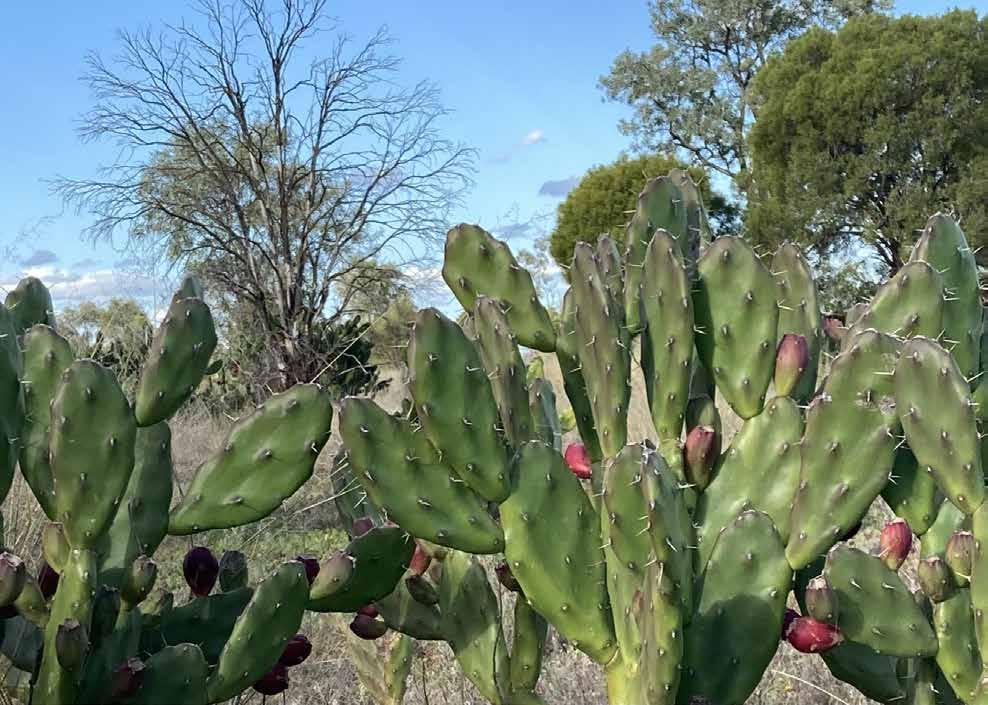







National Parks and Wildlife Services have been conducting low level (tree top) aerial surveys over known incursions of both Hudson Pear (Cylindropuntia pallida) and Harrisia Cactus (Harrisia Sp.), within three of their managed reserves. Dthinna Dthinnawan NP, Narran Lake NP and Pilliga West SCA.
Although using a helicopter for aerial surveys of weeds is a costly exercise, it enables staff to survey large areas in a timely manner. A plant like Hudson Pear in particular stands out very well against the vegetation and is quite easy to detect from the air, and at speed.
Approximately 50 transect lines were flown in a grid pattern to methodically cover the areas with known incursions. Once a plant was identified a slow circle was flown around the site to potentially find other outliers, the aircraft hovered over the plant and its location was recorded. Boundary transects were also flown where neighbors were found to have either Hudson or Harrisia cactus.
Within the Dthinna Dthinnawan NP, approximately 46km of transects were surveyed with no plants found. This survey included both the western boundary of the reserve on Holdfast Rd east and west and the boundary to the north on Tarwoona Road where there are known incursions of Harrisia.
The results at Dthinna Dthinnawan NP show that the current treatment efforts and frequency of treatments are working well, and the infestation area has been contained to a small section along Holdfast Rd. The density of the canopy in Pilliga West SCA proved difficult to spot Hudson Pear from the air.

Approximately 50kms of survey transects were flown within the Pilliga SCA area. Concentrating on the southern boundary, within the Terebone Road area and the Pilliga – Coonamble Rd. This road corridor is believed to be where Hudson Pear was originally introduced to the area.
After reports of Hudson pear being sighted along an internal road, a transect was also flown south east along Western way. During the survey of the Pilliga West SCA only one plant was found. Approximately 70kms of survey transects were flown within the Narran Lakes NR. With 6 live Hudson pear plants, found north east of Narran Lake. These plants were found amongst already treated plants and will now be treated by NPWS staff.
Hudson Pear has the potential to completely take over both Narran Lake and Pilliga, doing untold damage to wildlife and the natural ecosystem. All efforts need to be made to control all infestations regularly to prevent NPWS tenure from being overrun with this priority weed.
Article and photos submitted by M Mulholland - NSW National Parks and Wildlife
Aerial maps: Ground Survey Narran Lake NR (bottom left), Narran Lake NR Hudson Pear Treatment (bottom right). Photos (below): Hudson Pear, Grawin NSW. Photo credit: NPWS




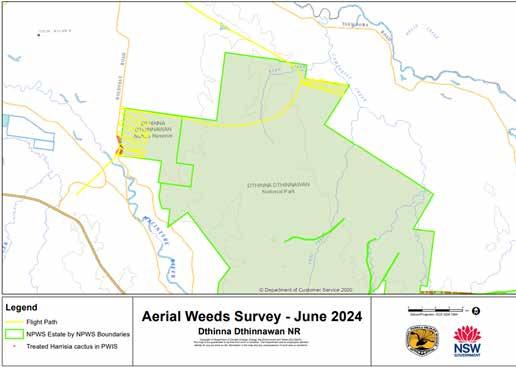

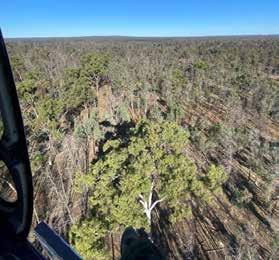
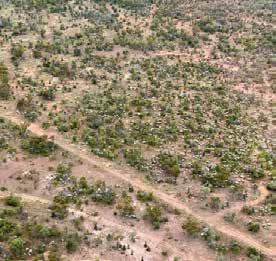


How invasive is your cactus?
Todd Pallister, Cacti Control Coordinator - Hudson Pear, Northwest Local Land Services on 0457 939 055 or todd.pallister@lls.nsw.gov.au
Community Engagement Success
Over the tourist season, NW Local Land Services Todd Pallister and Rachael Turner actively engaged with visitors through weekly information stands at key locations such as Lightning Ridge, Grawin opal fields and Walgett. The feedback from tourists was overwhelmingly positive, highlighting the value of the information provided in raising awareness about Hudson pear and its impact on our environment.
Contractor containment spraying operations are currently underway in Hudson pear areas encompassing Lightning Ridge, Cumborah, and the Grawin opal fields. These efforts are crucial in minimising the spread of Hudson pear.

Biological Control Continued Success
Biocontrol continues to be evident at the Grawin opal fields after the fires of November 2023, with new growth showing evidence of active biocontrol agents.
Upcoming Event: Grawin Show Participation
Grawin Show on August 3rd, where NW Local Land Services will host an informative Hudson pear information stall. This event will be an excellent opportunity to learn more about Hudson pear management strategies, ask questions, and engage with the community on ways to protect our environment.
A Hudson plant growing on the Dangar Bridge. Unnoticed 6km west of Walgett, NSW. This finding underscores the importance of continued monitoring and vigilance in identifying and managing Hudson pear growth in unexpected locations.

We’re proud to be working with the community and Castlereagh Macquarie County Council to help manage Hudson pear in North West NSW.
The Hudson Pear Control Program will be in operation until June 2027 and aims to stop the spread and progressively contain Hudson pear while the core infestation is treated with the biological control (Chocineal sp.).
The program includes:
• providing chemical access to landholders, free to those in identified priority areas
• targeted spraying of Hudson Pear outliers and high-risk containment zones.
Chemical is currently being supplied to landholders for the following uses:
• establishment of containment zones outside core infestations of Hudson pear to maintain/progressively shrink containment lines or manage new outbreaks
• local eradication of outlier incursions in strategic locations
• creation of buffer zones by landholders in core infestation areas around high spread risk zones/pathways on their property such as roads/tracks, infrastructure and property boundaries. Landholder chemical access will not target treatment of the core infestation of Hudson pear. In these areas the biological control will continue to be distributed and established.
Chemical is not being supplied to landholders for:
• statutory weed control
• clearing of native vegetation
• activities that have already been completed.
Currently, landholders with Hudson pear on their property in the Brewarrina and Walgett shires can submit an expression of interest to gain access to chemical. Download the expression of interest form and return to Todd Pallister (contact details above).
• Landholders will need to hold a current AQF3 chemical certificate to obtain chemical supplies.
• Chemical, wetter and dye will be supplied. Landholders are required to pick up the chemical at the collection point.
• Landholders will need to make a 1 to 1 in-kind contribution to the value of chemical provided. This is normally done as in-kind labour when spraying the Hudson pear.
• Chemical will not be supplied to contractors or sub-contractors on behalf of landholders.
To be eligible landholders must also be:
• able to demonstrate that proposed activities are over and above any statutory landholder requirements for weed management under the Biosecurity Act 2015
• willing to agree to enter into an agreement for the provision of herbicide. Approved Landholders will be required to pick up chemical from designated locations within agreed timeframes.

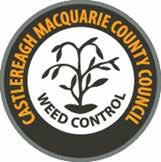
Biocontrol (Biological Control) is the use of natural enemies to reduce the health and size of cactus incursions.
Biocontrol can:
• Greatly reduce the impact of cactus on both the environment and agriculture.
• Achieve better long-term containment, over much larger areas. Using less effort and cost than other methods such as chemical or physical removal.
• Reduce the spread of weeds.
When used with other methods of control such as chemically or physical, the impact of cactus can be reduced even more successfully.
All biocontrol agents are “host specific”. That means that they only survive, breed on and impact certain plant species. For example, the agent for Harrisia cactus will not survive on Wheel cactus or vice versa.
The table below lists the biocontrol agents for each cactus.
Not all invasive cactus species currently have biocontrol agents available, so therefore it is not possible to control these species with biocontrol agents.
To be effective it is important to use the correct biocontrol agent for the correct cactus type. Many biocontrol agents appear to look the same, so the easiest way to get the correct agent is either from a cactus the same as you have and where there is evidence of biocontrol damage or to talk to your Local Control Authority Biosecurity officer who will let you know what you need and if release is likely to be successful.
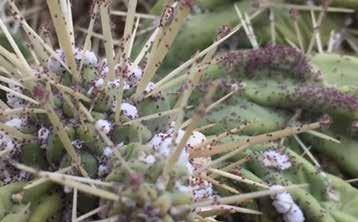
Common Name Cactus Species Biocontrol Agent
Boxing glove cactus or Coral cactus
Brown -spined Hudson pear
Common pear
Common pear
Cylindropuntia fulgida var. mamillata
Cochineal bug - Dactylopius tomentosus (‘cholla’ lineage)
Cylindropuntia tunicate Cochineal bug - Dactylopius tomemtosus ('acanthacarpa var. echinocarpa')
Opuntia stricta Cactoblastis moth - Cactoblastis cactorum
Opuntia stricta Cochineal bug - Dactylopius opuntiae (‘stricta’)
Harrisia cactus Harrisia matinii Mealybug - Hypogeococcus festerianus
Indian fig
Riverina pear
Riverina pear
Riverina pear
Velvet tree pear
Tiger pear
Wheel cactus
White spine Hudson pear
Snake cactus
Opuntia ficus-indica Cochineal bug - Dactylopius opuntiae (‘ficus' and 'Mexican' linages)
Opuntia elata Cactoblastis moth - Cactoblastis cactorum
Opuntia elata Cochineal bug - Dactylopius opuntiae (‘stricta’ and ‘ficus’ lineages)
Opuntia elata Cochineal bug - Dactylopius ceylonicus
Opuntia tomentosa Cochineal bug - Dactylopius ceylonicus
Opuntia aurantiaca Cochineal bug - Dactylopius austrinus
Opuntia robusta Cochineal bug - Dactylopius opuntiae (‘ficus' and 'Mexican' linages)
Cylindropuntia pallida Cochineal bug - Dactylopius tomentosus (‘Californica var. parkeri’)
Cylindropuntia spinosior Cochineal bug - Dactolopius tomentosus (‘bigelovi’ lineage)
The Taskforce comprise of a voluntary collaboration of members from several like-minded agencies responsible for managing weeds.
The role of the Taskforce includes:
• obtaining and facilitating commitment and investment
• mass-rearing and establishment of agents
• monitoring
• training
• prioritising agents for action in NSW
• communication of research progress.

Bi-annual meetings involve updates, training, field visits and demonstrations. The Taskforce funds and promotes biocontrol research alongside rearing, release, and monitoring programs (implementation activities) through a shared investment commitment.
This has enabled the setting of priorities and pooling of resources linking local, state and national collaborators. This pilot is proving highly successful and is laying the ground work for further co-investment in a coordinated, collaborative effort. For more information visit the Taskforce website.
On 23 May, landholders gathered at Moree for an enlightening workshop focused on combating invasive plant species. Hosted with the support of the Biodiversity Conservation Trust, the event proved to be a success, offering attendees a wealth of valuable information.
Dennis Boschma, Team Leader for Land Management at LLS kicked off the proceedings by delving into the regulations surrounding the clearing of Mimosa, suggesting that when dealing with Mimosa if in doubt contact your Local Land Services, Land Management Team.
Following Dennis’s session Lachie Biddle, Moree Shires Biosecurity Officer discussed the challengers posed by Boxthorn and Harrisia Cactus, also discussing current control methods for all 3 weeds.
Richard Doyle, landholder and beef producer from Boggabilla shared his firsthand experiences with Harrisia Cactus (Harrisia Martinii). Offering practical advice gleaned from years of battling the resilient weed on his own property. His insights provided workshop participants with a deeper understanding of the risks and importance of containing this weed.
Northern Slopes Landcare Association’s, Harrisia Cactus Project Officer rounded out the workshop with a presentation covering topics including correct identification, best practice methods for eradication and landholder’s responsibilities pertaining to Harrisia Cactus.
Submitted by K. Temperley, Northern Slopes Landcare Association.
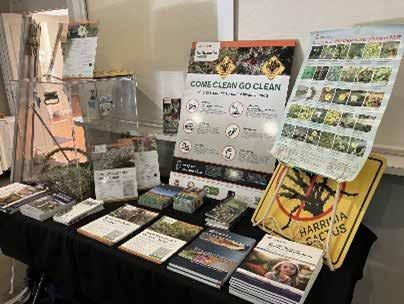
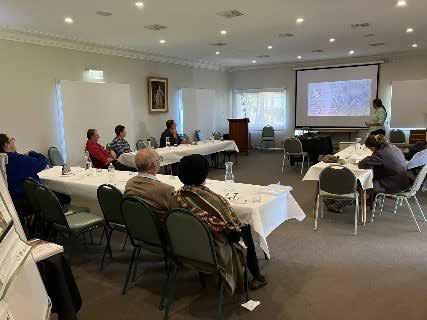
Have you visited the Department of Primary Industries WeedWise site lately?
You can now view priority weeds and where incursions are. Check out what weeds are popping up in your area and what you should be looking out for in your backyard, paddock, or mining claim.
It’s also a great way to help identify that “strange looking’’ plant that you’ve never seen before or if you just can’t seem to control that re-occurring weed.
WeedWise has a list of control options and methods that might just do the job. It also has a new feature that allows users to search for known incursions on a map.
You can also download the WeedWise app. Users experience different functions within the app depending on whether they are landholders, residents or weeds professionals.
Landholders and residents can enter the contact details of their local council weeds officer, and then directly report sightings of state priority weeds via email.
Weeds professionals can share information about a weed with clients via email, including a weed’s profile, bio-security duties, control advice and herbicide options.
NSW WeedWise includes the content contained in the NSW Weed Control Handbook, a free, publication from NSW Department of Primary Industries. Visit the WeedWise website for more information or download the WeedWise app in the Google or Apple app store.

Riverina pear (Opuntia elata) is on the move into the Central West region. It is estimated that 30,000 hectares have been impacted in the Walgett Shire Council in the past 3 years. Don’t let this be the next weed to invade your landscape”. (Central West Local Land Services)
Riverina pear is a cactus up to 2 m tall with orange or yellow flowers. It competes with native plants and forms dense thickets that restrict movement of people and animals.
This weed belongs to the group Prickly pears - Opuntias. This plant must not be sold anywhere in NSW
What does it look like?
Riverina pear is a branched shrub up to 2 m tall. It is usually erect but sometimes scrambles over the ground and climbs over other plants.
Pads (also called stems or cladodes) are:
• glossy green
• 5-25 cm long and 4-9 cm wide
• 2-4 cm thick
• oblong to spoon shaped.
Cacti pads have bumps on the surface called areoles. Barbed bristles (glochids), spines, leaves, flowers, fruit, roots and new shoots all grow out of the areoles.
Areoles:
• are widely spaced.
• have reddish brown barbed bristles.
• are usually spineless but some areoles may have 1-3 spines.
• are sometimes surrounded by a purplish tinge on the pads.
Spines are:
• a range of colours including red to grey-brown, reddish purple, whitish-yellow or grey up to 4.8 cm long.
• slightly curved at the tip.
Flowers are:
• 3-4 cm in diameter (occasionally up to 9 cm)
• orange or yellow sometimes tinged red at the end of the petals.
• present spring to summer.
Fruit are:
• green ripening to purplish red with greenish pulp
• club or barrel shaped with a sunken end.
• 4-6 cm long and 2-2.5 cm in diameter.
Where is it found?
In NSW, it has been found in the Western, Northwestern, Riverina, Murray and Greater Sydney regions. Riverina pear is a native plant in these South American countries: Argentina, Brazil, Paraguay, Bolivia and Uruguay.
How does it spread?
By seed. It is not known if the seed is viable in Australia.
Plant parts:
New plants can grow from parts of the pads when they come in contact with the soil. Pad fragments can be spread by flood water and by people dumping garden waste. If spines are present the pads can attach to vehicles, equipment or boots.
For further information including control options contact your Local Council Biosecurity Officer or go to NSW WeedWise.

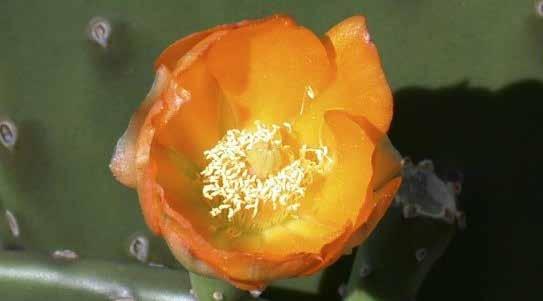
Similar looking plants to Riverina Pear (Opuntia elata) Riverina pear looks like the following weed species:
• Common pear (Opuntia stricta), which has dull, pale green or grey-green pads.
• Indian fig (Opuntia ficus-indica), which can have much larger pads up to 60 cm long and its fruit have barbed bristles.
• Velvet tree pear (Opuntia tomentosa), which has fine, often velvety, hairs on the pads and fruit.


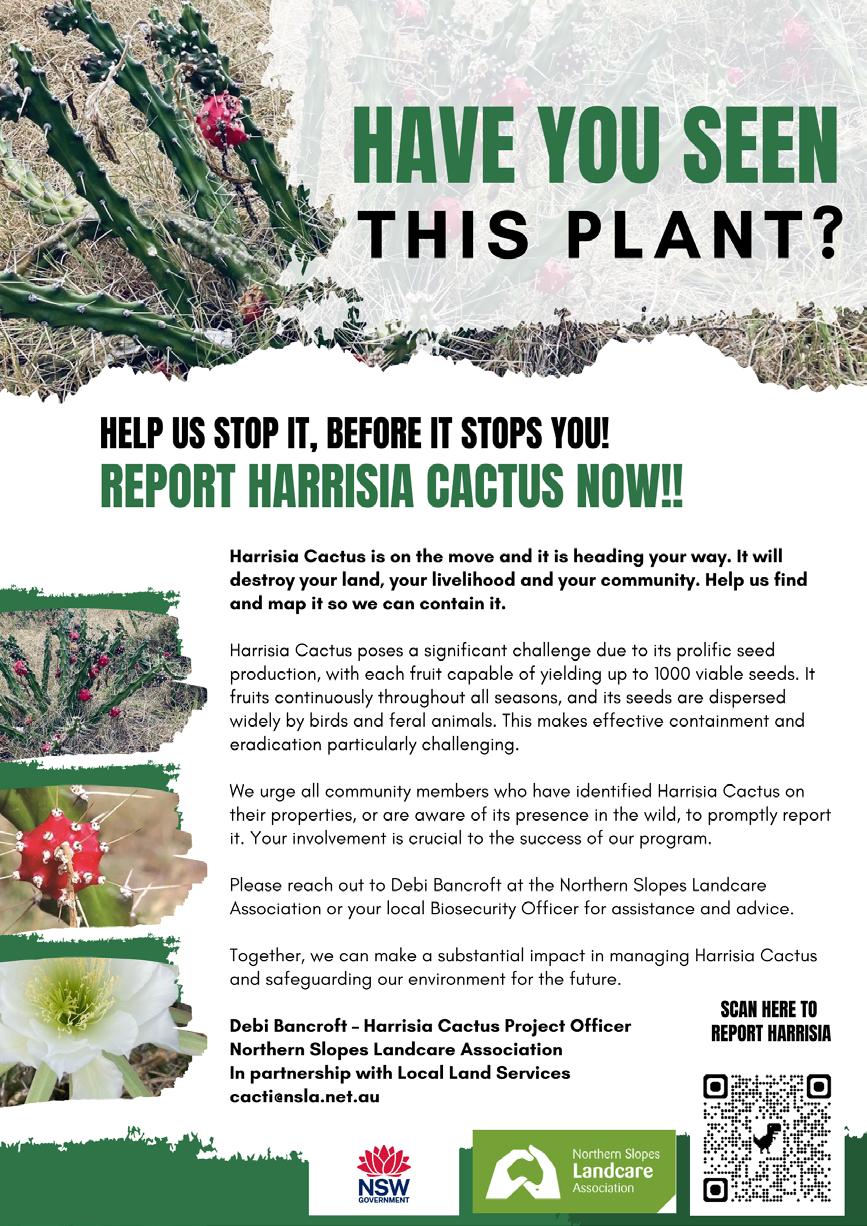
We’re actively addressing the challenge posed by Harrisia Cactus through a collaborative effort between the Northern Slopes Landcare Association and NSW Local Land Services. Our focus remains on implementing a strategic mapping program aimed at containing this invasive species.
The core infestation of Harrisia Cactus is currently concentrated in the Gwydir and Moree Shire areas, extending as outliers into the Inverell Shire, and reaching Narrabri and Walgett Shires. Mapping efforts are crucial in curbing its spread within these core areas and preventing further expansion into new regions.
Our primary goal with this mapping initiative is twofold: first, to minimise incursions within the identified infestation zones; second, to mitigate the impact on native biodiversity and agricultural lands. Accurate mapping enables targeted strategies for both physical containment and community education through engagement events.
Harrisia Cactus poses a significant challenge due to its prolific seed production, with each fruit capable of yielding up to 1000 viable seeds. Moreover, it fruits continuously throughout all seasons, and its seeds are dispersed widely by birds and feral animals. This makes effective containment and eradication particularly challenging.
We urge all community members who have identified Harrisia Cactus on their properties or are aware of its presence in the wild to promptly report it. Your involvement is crucial to the success of our program.
Please reach out to Debi Bancroft at the Northern Slopes Landcare Association or your local Biosecurity Officer for assistance and advice. Together, we can make a substantial impact in managing Harrisia Cactus and safeguarding our environment for the future.
Debi Bancroft, Northern Slopes Landcare Association, Harrisia Cactus Project Officer. Email - cacti@nsla.net.au


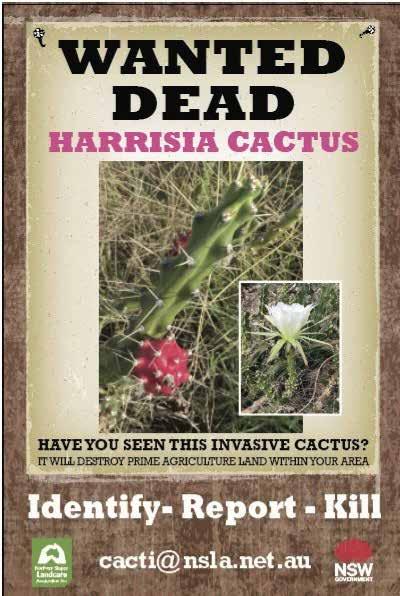
If you have an infestation of Harrisia Cactus and would like to participate in a biocontrol research project or if you have any other enquiries please contact Debi Bancroft, Harrisia Cactus Project Officer, Northern Slopes Landcare Association cacti@nsla.net.au
With more people enjoying the great Australian outdoors now, the chances of invasive cacti being moved quickly from one camp spot to the next is much higher than ever before.
Invasive, non-native cactus species spread easily and rapidly through the landscape. They are costly to manage and seriously destroy farmland and biodiversity.
They have the potential to not only harm travellers, but also their pet companions. They also displace native flora and cause injury and sometimes death to native animals.
Invasive cacti have been found on shoes and tyres many kilometres from where they first attached, aiding their spread across the landscape.
How can you help?
Stay on established roads and tracks.
Weed control agencies manage invasive cacti along established roads and tracks. The spines of cacti may cause flat tyres and damage to camping equipment. By staying on designated roads, needless costs can be prevented.
Stay at designated or cleared campgrounds.
Its easier to check for invasive cactus at cleared campgrounds. Avoid camping on or near any cacti.
Check your vehicle
Check for attached cactus segments on your vehicle’s tyres, underside and campers. Before you leave a campsite check your vehicle, including inside and outside of tyres.
Check and clean your boots.
Cactus spines can penetrate even the toughest boots.
Dispose of cactus segments safely
Place removed segments in a red-lidded bin. Otherwise place in the middle of another cactus of the same species or seal in lidded container until you can dispose into a red-lidded bin.
Keep your backyard clean
If during your travels you see a unique looking cactus specimen, do not be tempted to collect it. Even its fruit or flowers could lead to its spread. Take a photo instead and report its location to your local Biosecurity officer or NSW Department of Primary Industries on 1800 680 244.


How invasive is your cactus?

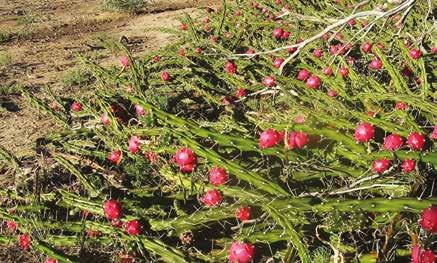
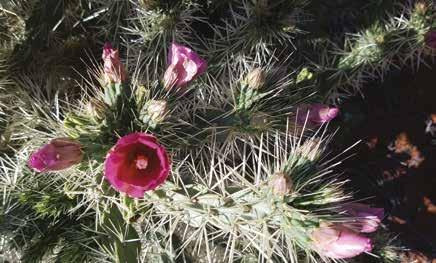
AVOID FLAT TYRES AND DAMAGE TO EQUIPMENT
The spines of cacti may cause flat tyres and damage to camping equipment. Avoid these by staying on designated routes.
Before you leave a campsite or known infested area, check your vehicle’s undercarriage, including the inside and outside of your tyres, for attached cactus segments.
Cactus spines can penetrate even the toughest of boots. Check your boots and remove cactus segments and spines using pliers or a multi-tool.
AVOID INJURY TO PETS, PEOPLE AND DAMAGE TO EQUIPMENT
Stay in designated or cleared campsites, so it is easier to check for cactus plants – it will reduce your risk of injury or damage.
If you find an attached cactus segment on your vehicle or equipment, ensure you remove with care using a pair of pliers or multi-tool.
Place removed segments in a red-lidded bin if available. Otherwise, place it in the middle of another cactus of the same species or seal it in a suitable container until you can dispose of it in a red-lidded bin.
If you see a unique looking cactus specimen, do not be tempted to collect it as even small segments can lead to invasive spread with associated costs and impacts.

Take a photo instead and report its location to your local Biosecurity Officer or NSW Department of Primary Industries on 1800 680 244


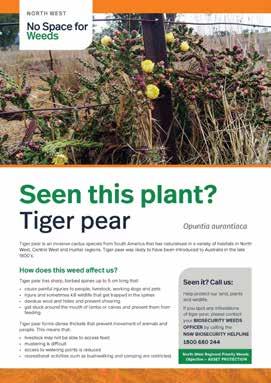
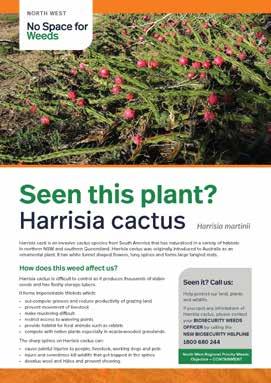

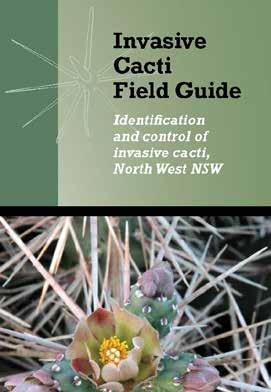
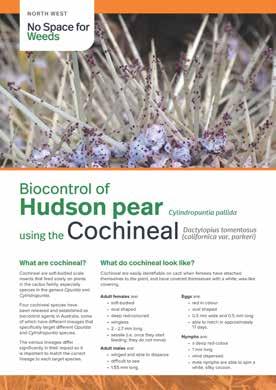

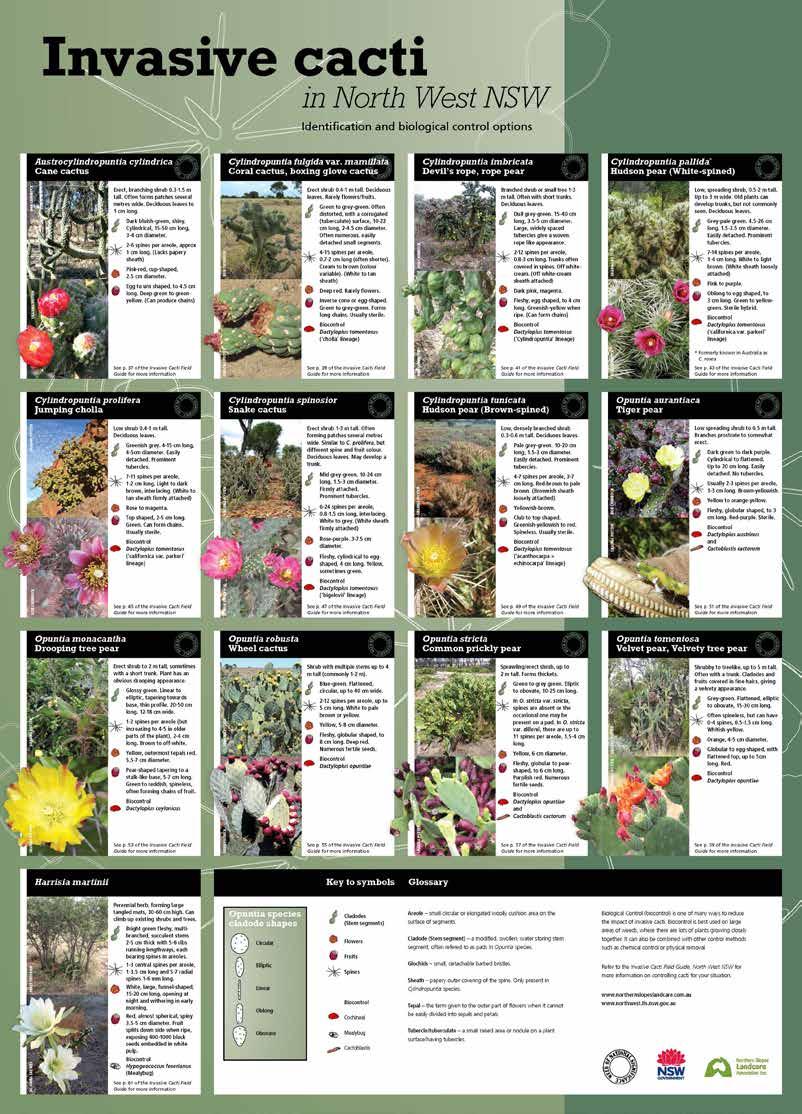
Hardcopies are available from Northern Slopes Landcare or download a copy
How invasive is your cactus?
Street Warialda NSW 2402
Phone - 02 6724 2000 Email - mail@gwydir.nsw.gov.au
Senior Weeds
Andrea Fletcher-Dawson - 0428 462 060
Weeds Officer
Savage - 0427 253 463
Address
Fox Street
Walgett NSW 2832
Postal Address
Box 31
Walgett NSW 2832
Phone - 02 6828 6100
Email - admin@walgett.nsw.gov.au
- 0438 353 519
- cacti@nsla.net.au
Phone - 02 6767 5555
- trc@tamworth.nsw.gov.au
Pallister - 0457 939 055

Websites
Australian Pesticides and Veterinary Medicinal Authority (APVMA)
Biological Control DPI
Department of Primary Industries (DPI)
DPI Weeds
NSW Biocontrol Weeds Taskforce
NSW WeedWise
North West Local Land Services (NW LLS)
Weeds Australia
PlantNET
Weed Control and Identification
Resources
Australian
Invasive
Opuntiod Cacti Best Practice Control Manual
Biodiversity



